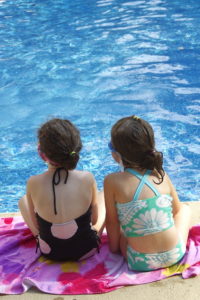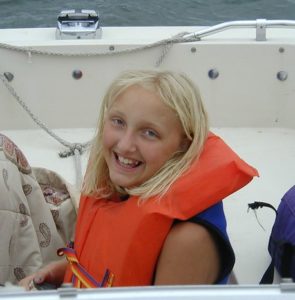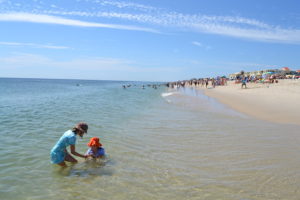Get ready to blast off as we explore outer space this week! Ready for some serious fun? How about creating the phases of the moon with Oreo’s, exploring solar system mazes or building a space shuttle with recyclables? Try creating outer space themed lunches and snacks, flashlight constellations and answering the questions on “If I Could Be An Astronaut!”
- Using a favorite cookie, create Phases of the Moon!
- Try making space shuttles out of cardboard tubes and other supplies!
- Create a dramatic play space station!
- Print out some space mazes to practice critical thinking and fine motor skills!
- Create marshmallow constellations
Our Pinterest board is FULL of great ideas for you to use to explore outer space from the comfort of your own home! Moon rocks are optional!
- NASA Goddard Space Flight Center is not too far from Southern Maryland and is a free experience! Check out the cool online offerings – Fri., July 19, 1 p.m.: NASA’s Giant Leaps: Past and Future – Celebrating Apollo 50th as we Go Forward to the Moon. A live celebration of the 50th anniversary of Apollo 11 and a look ahead to NASA”s Artemis program and plans to return humans to the Moon by 2024.
- Air & Space Museum
- Udvar-Hazy Center
- Maryland Science Center & Planetarium
Webcams – You can do a google search for websites with webcams which allow you to observe space. Here is one from the International Space Station to get you started.
Videos – Look for fun videos on YouTube about outer space. Solar System 101 is good for school aged kids. The Planet Song is for toddlers and preschoolers. WALL-E, Zathura, Monsters vs. Aliens & Star Wars are all great family movies that fit with this theme. For older kids, movies like Hidden Figures and the Martian too, both are rated PG-13.
Books – Stop by your local library and look for books on outer space.
Photo: AGeekMom







